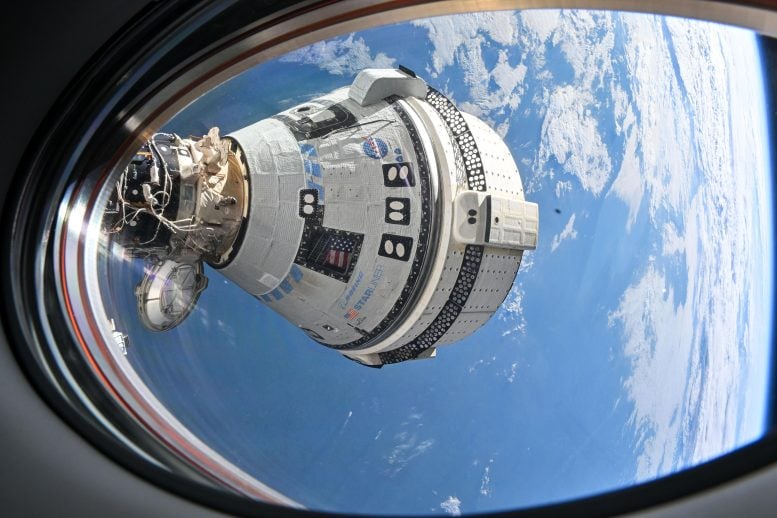
Boeing’s Starliner spacecraft that launched NASA’s Crew Flight Test astronauts Butch Wilmore and Suni Williams to the International Space Station is pictured docked to the Harmony module’s forward port. This view is from a window on the SpaceX Dragon Endeavour spacecraft docked to the port adjacent to the Starliner. Credit: NASA
Expedition 71 focused on preparing for a cargo resupply mission with Cygnus, performing spacesuit maintenance, and conducting various scientific tasks. Crew members also practiced for the robotic capture of Cygnus and engaged in regular maintenance and research activities.
On the International Space Station (ISS), the Expedition 71 crew turned its attention to an upcoming U. S. cargo mission, spacesuit work, and a variety of life science on Monday, July 29. NASA’s Boeing Crew Flight Test members began the week servicing their Starliner flight suits and the spacecraft’s life support systems following a morning of light research duties.
Countdown to Cargo Mission Launch
The next cargo mission to resupply the residents living and working aboard the ISS is counting down to a launch at 11:28 a.m. EDT on Saturday from Kennedy Space Center in Florida. Northrop Grumman’s Cygnus space freighter will launch atop a SpaceX Falcon 9 rocket carrying 8,200 pounds of science, supplies, and hardware for the station. Cygnus will orbit Earth for just over a day-and-a-half before approaching the orbital outpost where the Canadarm2 robotic arm will be waiting to capture the spacecraft.
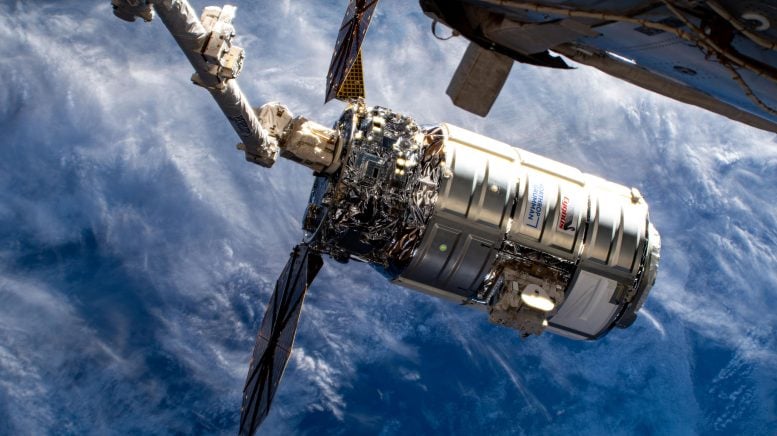
Northrop Grumman’s Cygnus space freighter is attached to the leading end effector of the 57.7-foot-long Canadarm2 robotic arm about to be released into Earth orbit ending a five-and-a-half month cargo mission berthed to the International Space Station’s Unity module. Credit: NASA
Robotic Maneuvers and Arrival Preparations
NASA Flight Engineers Matthew Dominick and Jeanette Epps spent Monday preparing for Cygnus’ arrival reviewing its mission profile and practicing robotic capture maneuvers on a computer. Dominick will command the Canadarm2 to capture Cygnus at 5 a.m. on August 5 while Epps backs him up and monitors the approach and rendezvous activities. Afterward, robotics controllers on the ground will remotely take over Canadarm2 and guide Cygnus toward the Unity module’s Earth-facing port where it will be mated for five-and-a-half months.
Spacesuit Maintenance and Lab Troubleshooting
NASA Flight Engineer Mike Barratt kicked off his day checking on plumbing hardware stowed in the Zarya module before swapping components and configuring a U.S. spacesuit in the Quest airlock. NASA astronaut Tracy C. Dyson spent her morning in the Columbus laboratory module troubleshooting the MARES rack, or Muscle Atrophy Research and Exercise System, then spent the afternoon installing drawer handle brackets on a pair of Human Research Facility racks.
Starliner Crew Checks and Operations
Starliner Commander Butch Wilmore and Pilot Suni Williams entered their spacecraft Monday afternoon and checked its water systems, called down to Boeing mission personnel for a conference, then wore their flight suits momentarily for a pressure test. Wilmore started his morning in the station’s Harmony module assembling the BioServe centrifuge as Williams reviewed procedures for operating the Astrobee free-flying robotic assistants.
Cosmonauts Focus on Space Research and Maintenance
The orbiting lab’s three cosmonauts refocused their activities on Monday to standard space research and lab maintenance duties following a week of inspection tasks in the orbital outpost’s Roscosmos segment. Flight Engineer Nikolai Chub worked all day on science first studying a 3D printer’s ability to manufacture tools in microgravity, then explored how magnetic and electrical fields affect fluid physics, before finally installing hardware to image Earth’s nighttime atmosphere in near-ultraviolet wavelengths.
Flight Engineer Alexander Grebenkin attached sensors to himself during the morning for a 24-session measuring his heart rate and blood pressure. Afterward, he pointed a camera outside a station window taking pictures for a pair of Earth observation studies. At the beginning of his shift, station Commander Oleg Kononenko installed radiation detection hardware cables and then inventoried food rations.

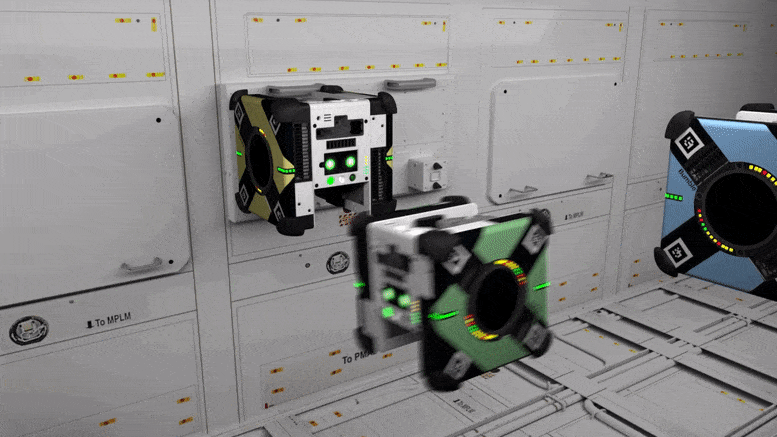

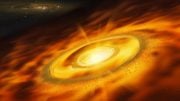
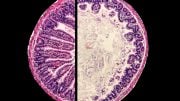

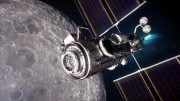
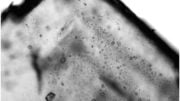


Be the first to comment on "Space Station Astronauts Check Out Starliner Systems and Prepare for Cargo Delivery"